late October/ November is the best time to visit Fiji  https://abs.twimg.com/emoji/v2/... draggable="false" alt="🇫🇯" title="Flagge von Fidschi" aria-label="Emoji: Flagge von Fidschi"> but we can’t go since some of y’all are incapable of following lockdown guidelines <3. So let’s settle for this tour instead
https://abs.twimg.com/emoji/v2/... draggable="false" alt="🇫🇯" title="Flagge von Fidschi" aria-label="Emoji: Flagge von Fidschi"> but we can’t go since some of y’all are incapable of following lockdown guidelines <3. So let’s settle for this tour instead  https://abs.twimg.com/emoji/v2/... draggable="false" alt="✨" title="Funken" aria-label="Emoji: Funken">
https://abs.twimg.com/emoji/v2/... draggable="false" alt="✨" title="Funken" aria-label="Emoji: Funken">
but as stunning as  https://abs.twimg.com/emoji/v2/... draggable="false" alt="🇫🇯" title="Flagge von Fidschi" aria-label="Emoji: Flagge von Fidschi"> is, let’s take a moment to acknowledge how our Desis got there
https://abs.twimg.com/emoji/v2/... draggable="false" alt="🇫🇯" title="Flagge von Fidschi" aria-label="Emoji: Flagge von Fidschi"> is, let’s take a moment to acknowledge how our Desis got there  https://abs.twimg.com/emoji/v2/... draggable="false" alt="💙" title="Blaues Herz" aria-label="Emoji: Blaues Herz">
https://abs.twimg.com/emoji/v2/... draggable="false" alt="💙" title="Blaues Herz" aria-label="Emoji: Blaues Herz">
- introduced between 1879 to 1916
- nearly 60,000 Indians (mainly Awadhis, Bhojpuris, Tamilians and Telugus) arrived as girmatyas
- were treated like a commodity by their “employers” (owners)
- introduced between 1879 to 1916
- nearly 60,000 Indians (mainly Awadhis, Bhojpuris, Tamilians and Telugus) arrived as girmatyas
- were treated like a commodity by their “employers” (owners)
It’s also important to note that there are large populations of Indo-Fijians in NZ, Australia, US and Canada who immigrated during 80s-90s.
- in 2000, the only Indian-Fijian PM was overthrown via a coup. During this time, Desis were physical assaulted & their property vandalized
- in 2000, the only Indian-Fijian PM was overthrown via a coup. During this time, Desis were physical assaulted & their property vandalized
Nevertheless, they’ve made their mark on this archipelago nation starting with their places of worship  https://abs.twimg.com/emoji/v2/... draggable="false" alt="💙" title="Blaues Herz" aria-label="Emoji: Blaues Herz">
https://abs.twimg.com/emoji/v2/... draggable="false" alt="💙" title="Blaues Herz" aria-label="Emoji: Blaues Herz">
Indian-Fijian food capitalizes on spicy and sour flavors- blending traditional Desi spices and techniques with Fijian ingredients
They’ve even developed their own dance form simply known as Indo-Fijian dance !! It’s a blend of Indian classical moves with a local Fijian dance form
Fijian Desis have created their own unique language known as Fijian Hindi- a blend of Awadhi, Bhojpuri, and Fijian with several Tamil and Telugu loan words. Post partition several Sindhis and Punjabis migrated to Fiji and have influenced the local language greatly
In conclusion, Desis in Fiji are a resilient community- doing everything they can to hold onto their culture while expanding it to honor the nation they live in and must be honored https://abs.twimg.com/emoji/v2/... draggable="false" alt="💙" title="Blaues Herz" aria-label="Emoji: Blaues Herz">
https://abs.twimg.com/emoji/v2/... draggable="false" alt="💙" title="Blaues Herz" aria-label="Emoji: Blaues Herz">

 Read on Twitter
Read on Twitter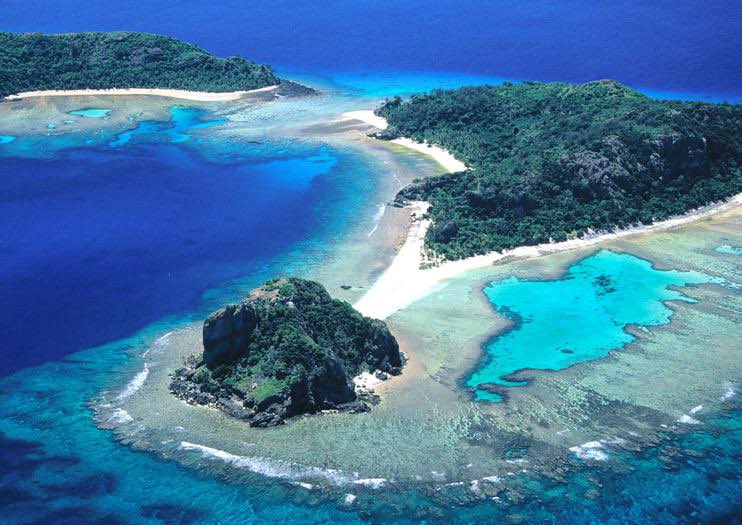 but we can’t go since some of y’all are incapable of following lockdown guidelines <3. So let’s settle for this tour instead https://abs.twimg.com/emoji/v2/... draggable="false" alt="✨" title="Funken" aria-label="Emoji: Funken">" title="late October/ November is the best time to visit Fiji https://abs.twimg.com/emoji/v2/... draggable="false" alt="🇫🇯" title="Flagge von Fidschi" aria-label="Emoji: Flagge von Fidschi"> but we can’t go since some of y’all are incapable of following lockdown guidelines <3. So let’s settle for this tour instead https://abs.twimg.com/emoji/v2/... draggable="false" alt="✨" title="Funken" aria-label="Emoji: Funken">">
but we can’t go since some of y’all are incapable of following lockdown guidelines <3. So let’s settle for this tour instead https://abs.twimg.com/emoji/v2/... draggable="false" alt="✨" title="Funken" aria-label="Emoji: Funken">" title="late October/ November is the best time to visit Fiji https://abs.twimg.com/emoji/v2/... draggable="false" alt="🇫🇯" title="Flagge von Fidschi" aria-label="Emoji: Flagge von Fidschi"> but we can’t go since some of y’all are incapable of following lockdown guidelines <3. So let’s settle for this tour instead https://abs.twimg.com/emoji/v2/... draggable="false" alt="✨" title="Funken" aria-label="Emoji: Funken">">
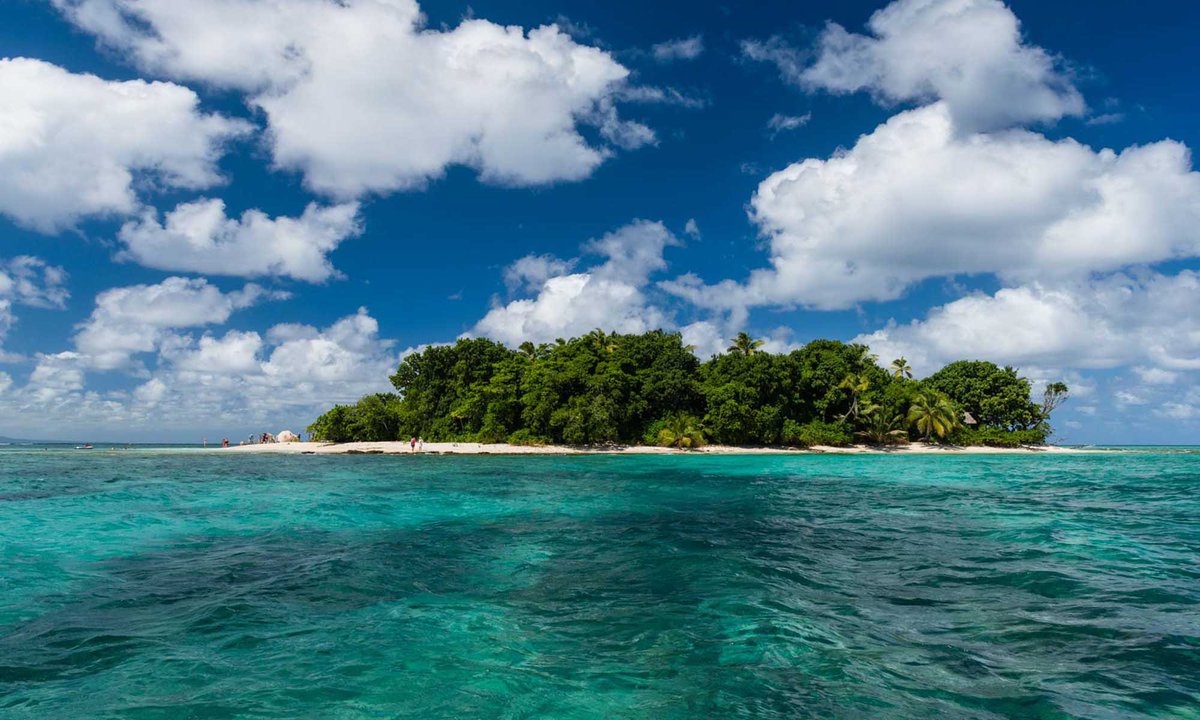 but we can’t go since some of y’all are incapable of following lockdown guidelines <3. So let’s settle for this tour instead https://abs.twimg.com/emoji/v2/... draggable="false" alt="✨" title="Funken" aria-label="Emoji: Funken">" title="late October/ November is the best time to visit Fiji https://abs.twimg.com/emoji/v2/... draggable="false" alt="🇫🇯" title="Flagge von Fidschi" aria-label="Emoji: Flagge von Fidschi"> but we can’t go since some of y’all are incapable of following lockdown guidelines <3. So let’s settle for this tour instead https://abs.twimg.com/emoji/v2/... draggable="false" alt="✨" title="Funken" aria-label="Emoji: Funken">">
but we can’t go since some of y’all are incapable of following lockdown guidelines <3. So let’s settle for this tour instead https://abs.twimg.com/emoji/v2/... draggable="false" alt="✨" title="Funken" aria-label="Emoji: Funken">" title="late October/ November is the best time to visit Fiji https://abs.twimg.com/emoji/v2/... draggable="false" alt="🇫🇯" title="Flagge von Fidschi" aria-label="Emoji: Flagge von Fidschi"> but we can’t go since some of y’all are incapable of following lockdown guidelines <3. So let’s settle for this tour instead https://abs.twimg.com/emoji/v2/... draggable="false" alt="✨" title="Funken" aria-label="Emoji: Funken">">
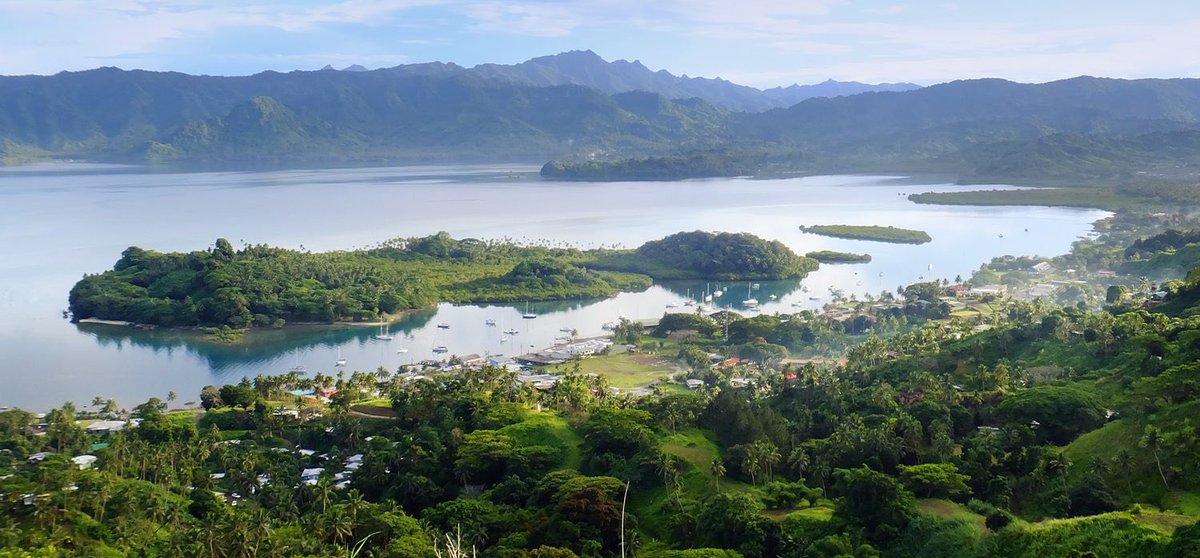
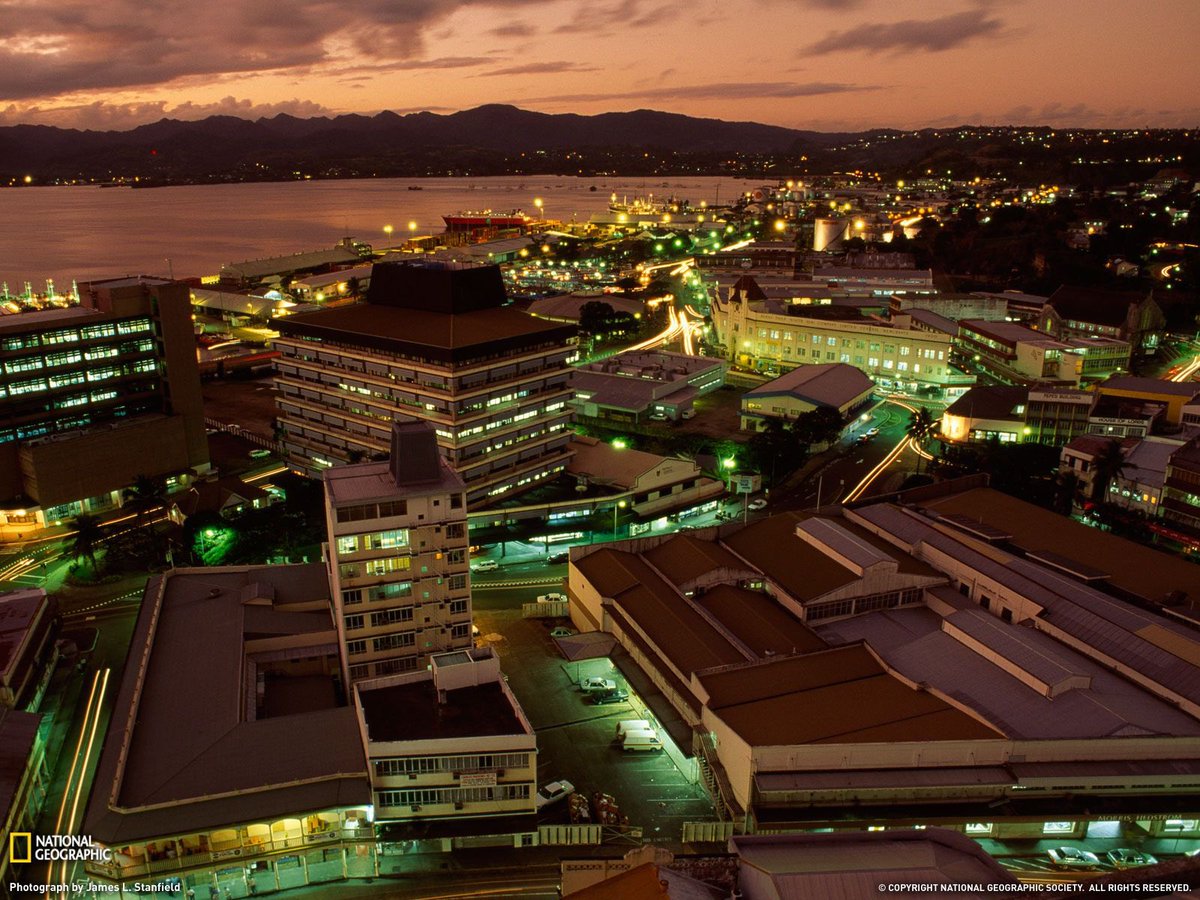
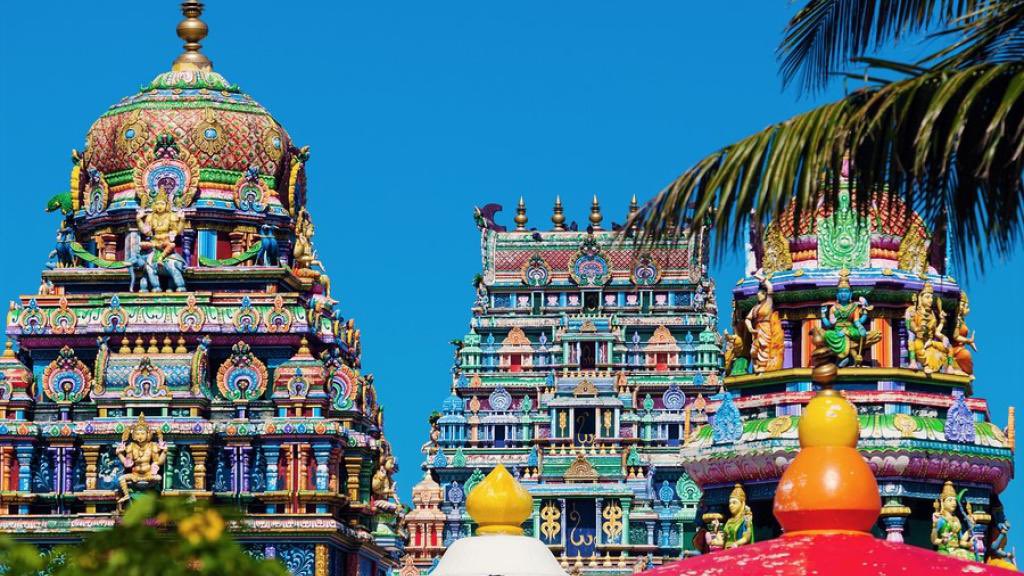 " title="Nevertheless, they’ve made their mark on this archipelago nation starting with their places of worship https://abs.twimg.com/emoji/v2/... draggable="false" alt="💙" title="Blaues Herz" aria-label="Emoji: Blaues Herz">">
" title="Nevertheless, they’ve made their mark on this archipelago nation starting with their places of worship https://abs.twimg.com/emoji/v2/... draggable="false" alt="💙" title="Blaues Herz" aria-label="Emoji: Blaues Herz">">
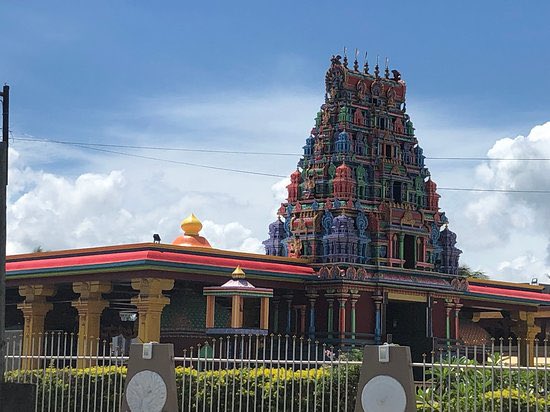 " title="Nevertheless, they’ve made their mark on this archipelago nation starting with their places of worship https://abs.twimg.com/emoji/v2/... draggable="false" alt="💙" title="Blaues Herz" aria-label="Emoji: Blaues Herz">">
" title="Nevertheless, they’ve made their mark on this archipelago nation starting with their places of worship https://abs.twimg.com/emoji/v2/... draggable="false" alt="💙" title="Blaues Herz" aria-label="Emoji: Blaues Herz">">
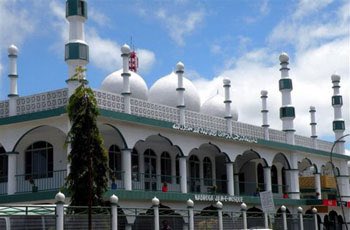 " title="Nevertheless, they’ve made their mark on this archipelago nation starting with their places of worship https://abs.twimg.com/emoji/v2/... draggable="false" alt="💙" title="Blaues Herz" aria-label="Emoji: Blaues Herz">">
" title="Nevertheless, they’ve made their mark on this archipelago nation starting with their places of worship https://abs.twimg.com/emoji/v2/... draggable="false" alt="💙" title="Blaues Herz" aria-label="Emoji: Blaues Herz">">
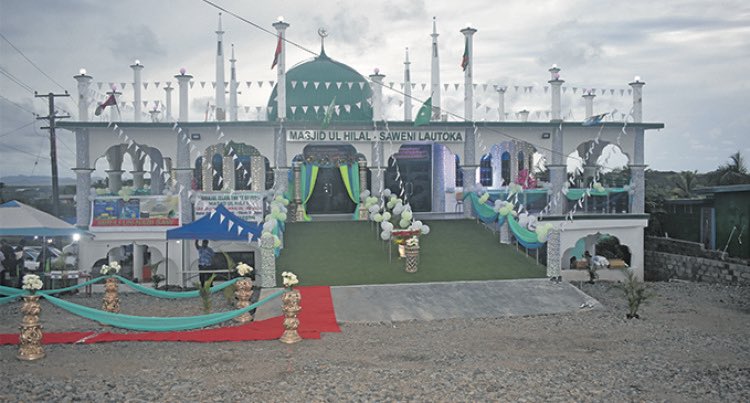 " title="Nevertheless, they’ve made their mark on this archipelago nation starting with their places of worship https://abs.twimg.com/emoji/v2/... draggable="false" alt="💙" title="Blaues Herz" aria-label="Emoji: Blaues Herz">">
" title="Nevertheless, they’ve made their mark on this archipelago nation starting with their places of worship https://abs.twimg.com/emoji/v2/... draggable="false" alt="💙" title="Blaues Herz" aria-label="Emoji: Blaues Herz">">
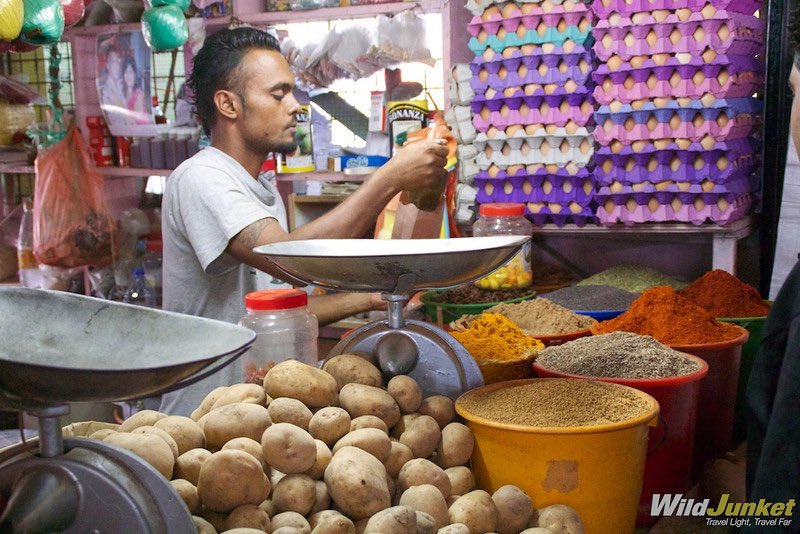
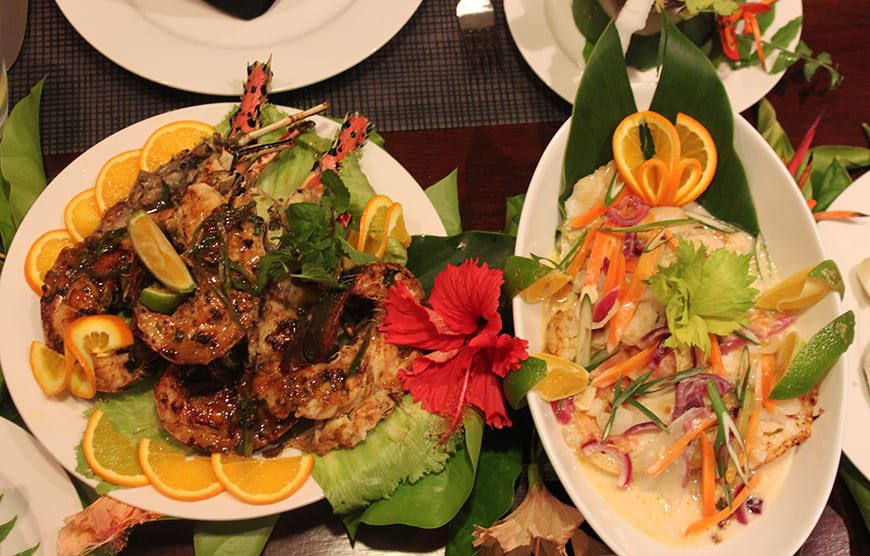
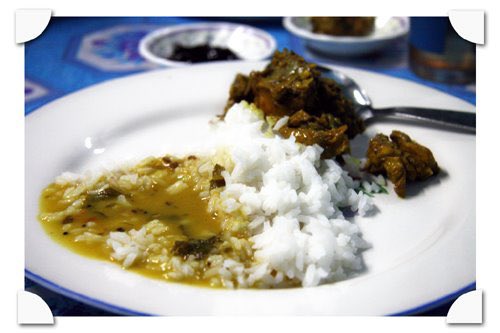
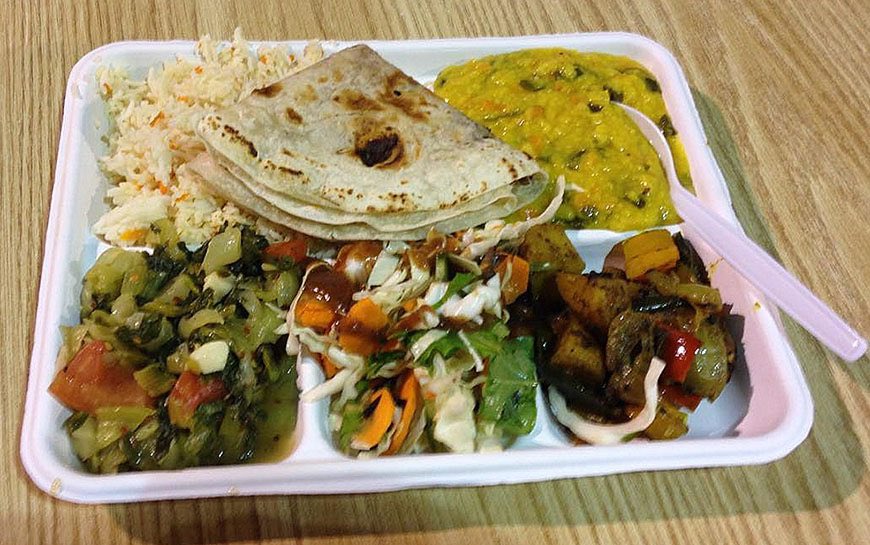
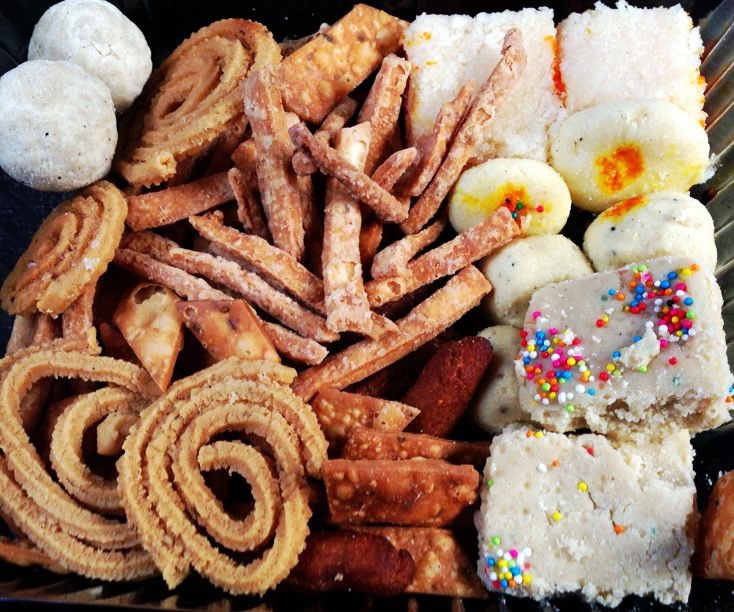
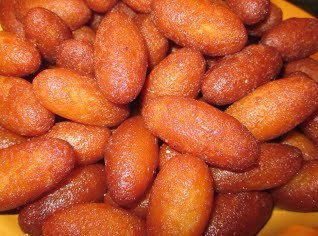
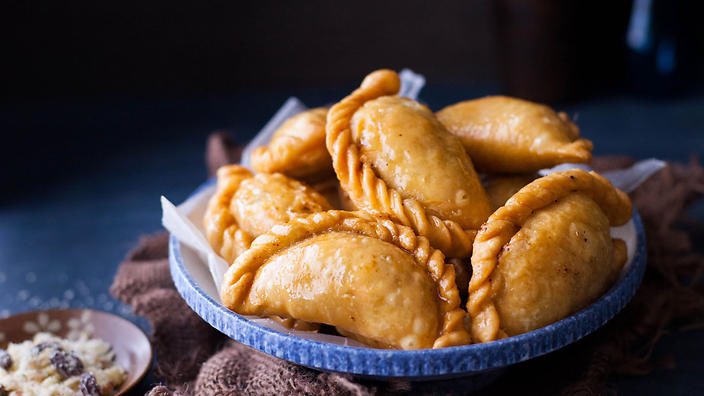

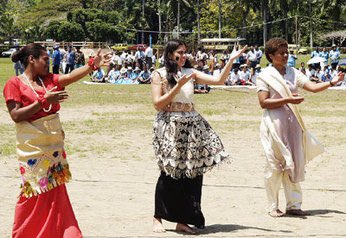
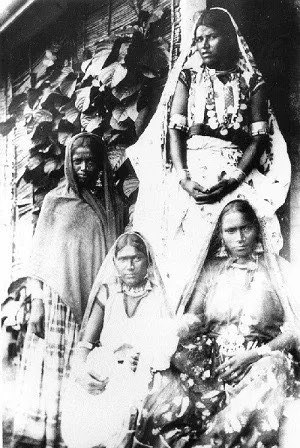 " title="In conclusion, Desis in Fiji are a resilient community- doing everything they can to hold onto their culture while expanding it to honor the nation they live in and must be honoredhttps://abs.twimg.com/emoji/v2/... draggable="false" alt="💙" title="Blaues Herz" aria-label="Emoji: Blaues Herz">">
" title="In conclusion, Desis in Fiji are a resilient community- doing everything they can to hold onto their culture while expanding it to honor the nation they live in and must be honoredhttps://abs.twimg.com/emoji/v2/... draggable="false" alt="💙" title="Blaues Herz" aria-label="Emoji: Blaues Herz">">
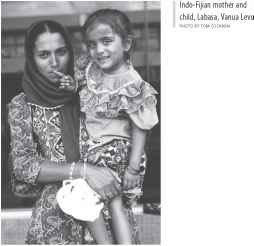 " title="In conclusion, Desis in Fiji are a resilient community- doing everything they can to hold onto their culture while expanding it to honor the nation they live in and must be honoredhttps://abs.twimg.com/emoji/v2/... draggable="false" alt="💙" title="Blaues Herz" aria-label="Emoji: Blaues Herz">">
" title="In conclusion, Desis in Fiji are a resilient community- doing everything they can to hold onto their culture while expanding it to honor the nation they live in and must be honoredhttps://abs.twimg.com/emoji/v2/... draggable="false" alt="💙" title="Blaues Herz" aria-label="Emoji: Blaues Herz">">
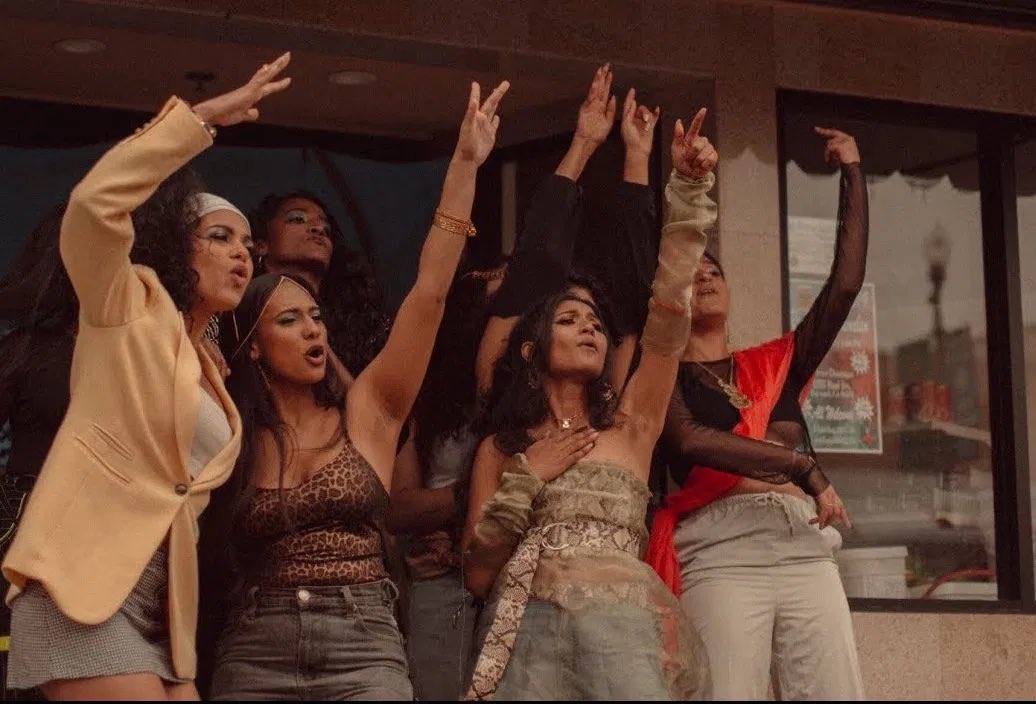 " title="In conclusion, Desis in Fiji are a resilient community- doing everything they can to hold onto their culture while expanding it to honor the nation they live in and must be honoredhttps://abs.twimg.com/emoji/v2/... draggable="false" alt="💙" title="Blaues Herz" aria-label="Emoji: Blaues Herz">">
" title="In conclusion, Desis in Fiji are a resilient community- doing everything they can to hold onto their culture while expanding it to honor the nation they live in and must be honoredhttps://abs.twimg.com/emoji/v2/... draggable="false" alt="💙" title="Blaues Herz" aria-label="Emoji: Blaues Herz">">
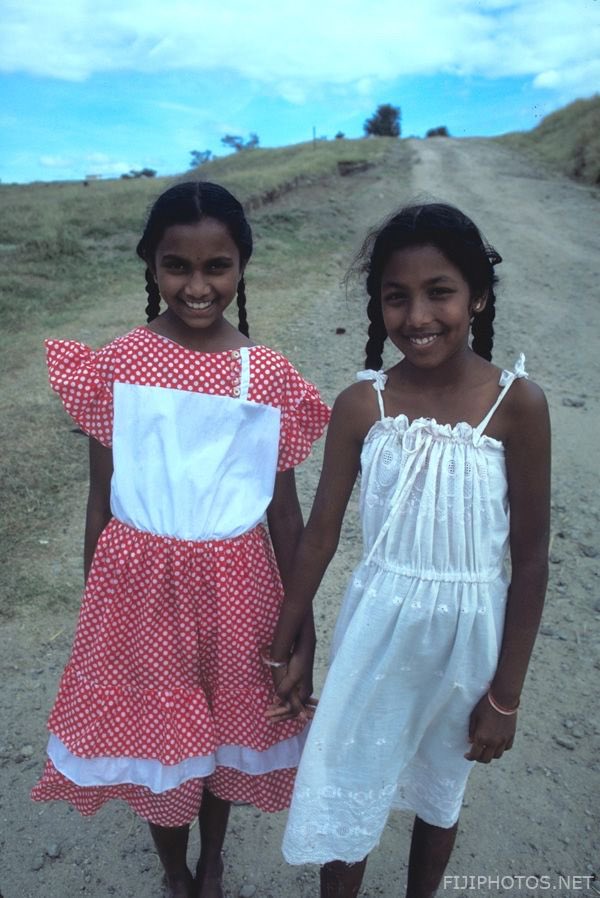 " title="In conclusion, Desis in Fiji are a resilient community- doing everything they can to hold onto their culture while expanding it to honor the nation they live in and must be honoredhttps://abs.twimg.com/emoji/v2/... draggable="false" alt="💙" title="Blaues Herz" aria-label="Emoji: Blaues Herz">">
" title="In conclusion, Desis in Fiji are a resilient community- doing everything they can to hold onto their culture while expanding it to honor the nation they live in and must be honoredhttps://abs.twimg.com/emoji/v2/... draggable="false" alt="💙" title="Blaues Herz" aria-label="Emoji: Blaues Herz">">


